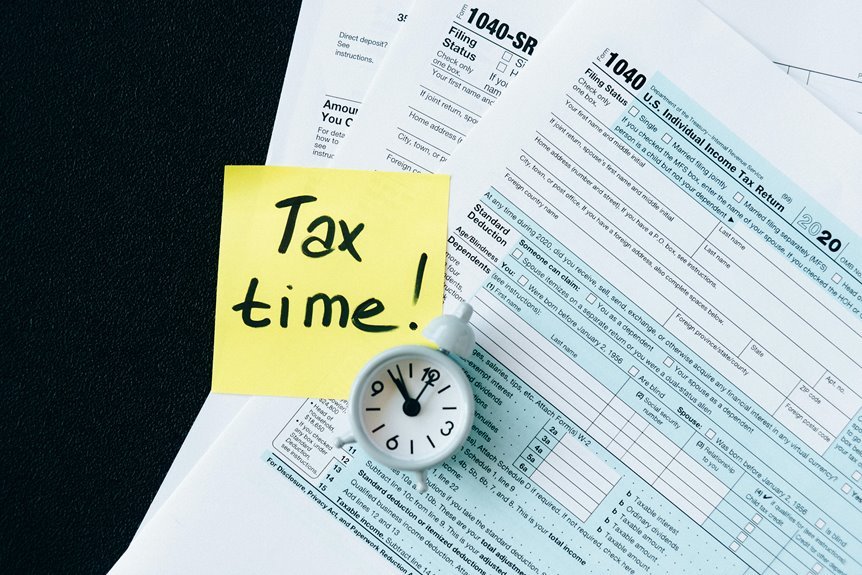1158719958 Service Response Time Study

The “1158719958 Service Response Time Study” presents an analytical overview of the significance of service response times across industries. By establishing benchmarks, the study reveals the discrepancies between customer expectations and actual service capabilities. It further identifies strategic improvements and common obstacles organizations face. These insights prompt a critical examination of how technology and organizational culture can be leveraged to enhance service performance. The implications of these findings warrant further exploration.
Understanding Service Response Time Metrics
Although service response time is a critical performance indicator for customer satisfaction, many organizations struggle to understand its underlying metrics.
Effective response time analysis requires precise metric interpretation, encompassing factors such as initial contact time and resolution duration.
Industry-Specific Response Time Benchmarks
How do industry-specific response time benchmarks vary across different sectors, and what implications do these variations have for organizational performance?
Retail benchmarks often emphasize rapid service, facilitating customer satisfaction, while healthcare response times prioritize patient safety and care efficiency.
These differences highlight the need for tailored strategies, as organizations must align their response capabilities with sector-specific expectations to achieve optimum operational effectiveness.
Strategies for Improving Response Times
Variations in response time benchmarks across industries necessitate distinct strategies for improvement tailored to specific operational contexts.
Implementing real-time monitoring systems allows organizations to track performance metrics actively, while integrating customer feedback fosters a responsive culture.
Common Challenges and Solutions in Service Response
While organizations strive to enhance service response times, they often encounter several common challenges that impede progress.
Misalignment between customer expectations and actual response capabilities creates dissatisfaction. Additionally, inadequate response automation can lead to delays and inefficiencies.
To overcome these hurdles, organizations must invest in technology that aligns service delivery with expectations, ensuring swift and effective responses that satisfy customer needs.
Conclusion
In conclusion, the “1158719958 Service Response Time Study” serves as a vital compass for organizations navigating the intricate landscape of customer service. Like a finely tuned instrument, effective measurement and strategic improvement of service response times can harmonize customer satisfaction with organizational efficiency. By addressing challenges and adopting tailored solutions, businesses can not only meet but exceed customer expectations, ensuring a competitive edge in an ever-evolving marketplace. Continuous improvement remains the key to sustained success.




